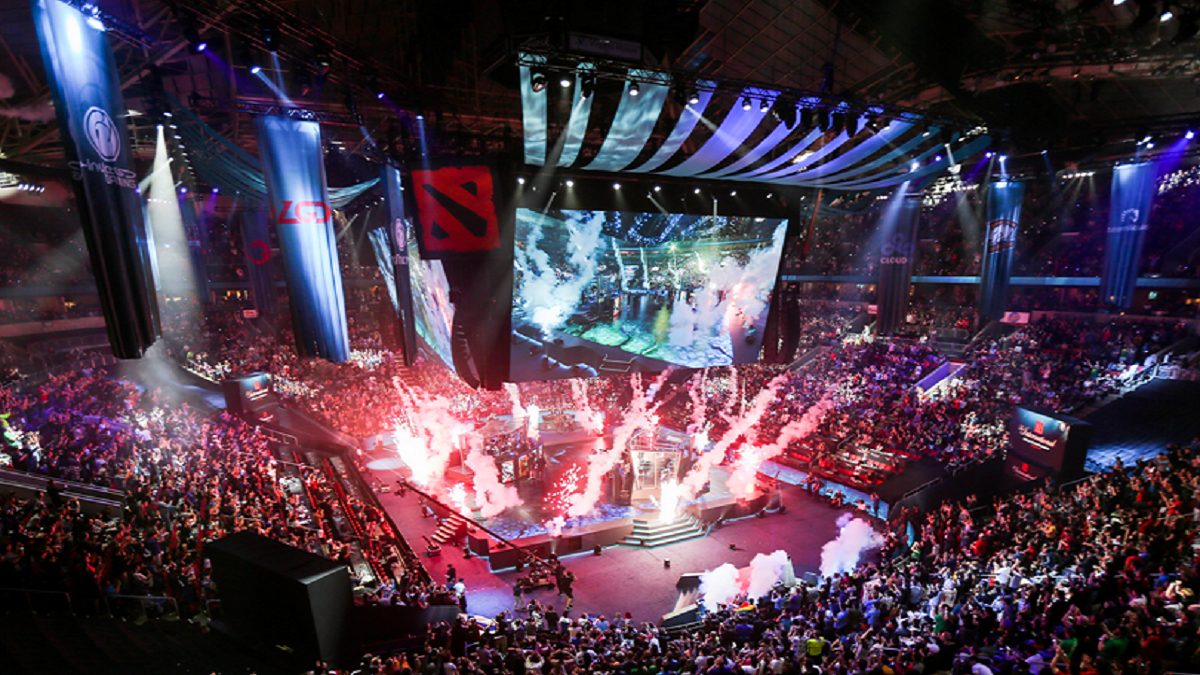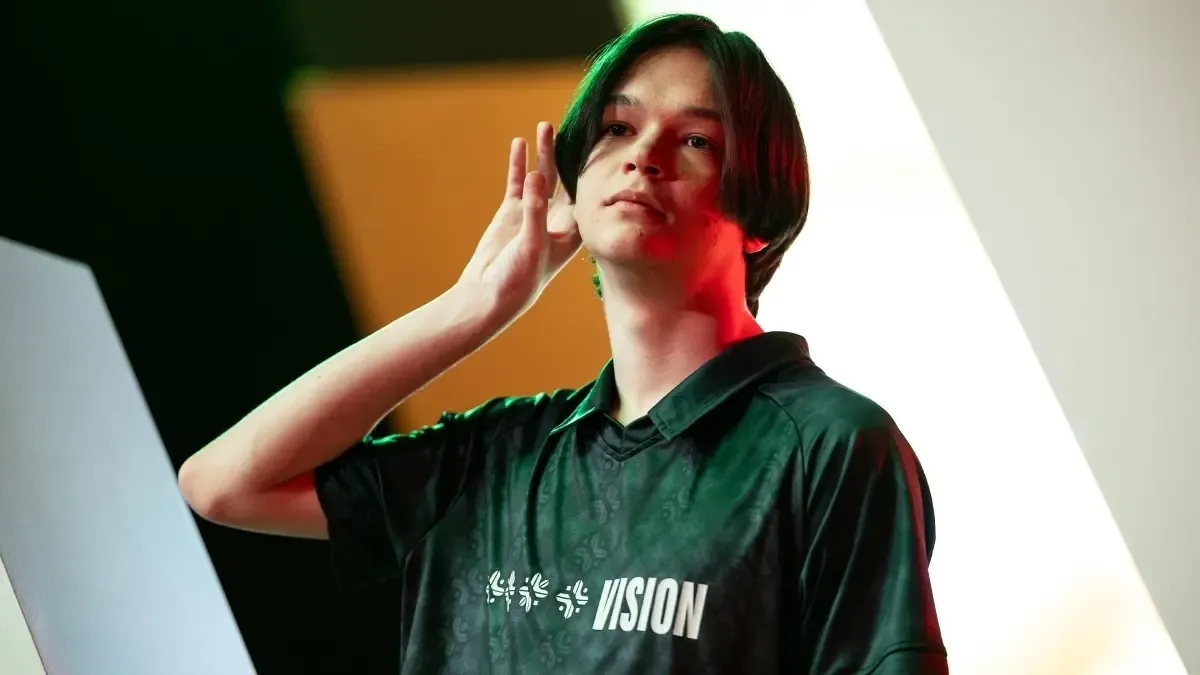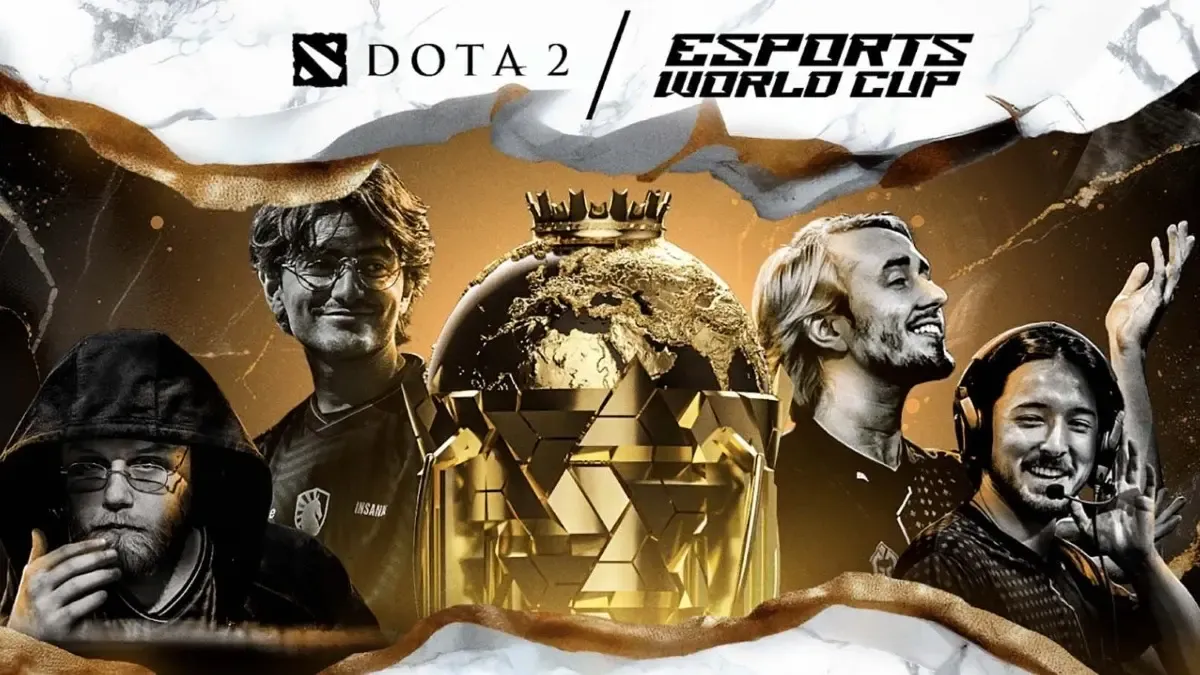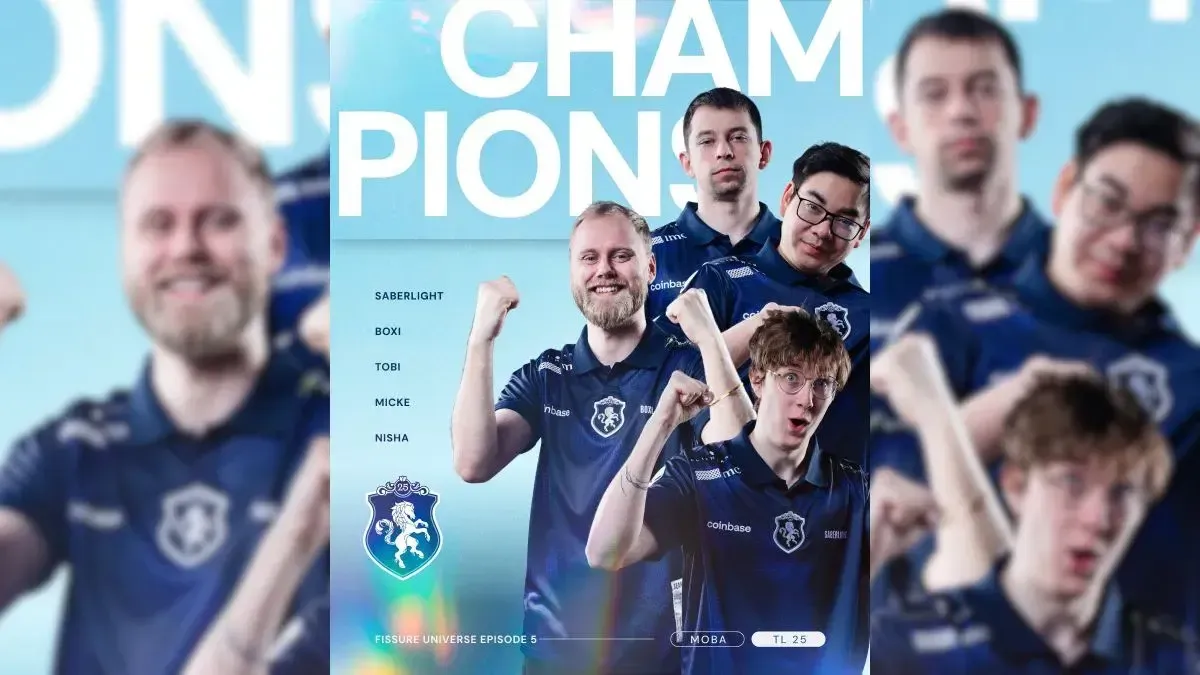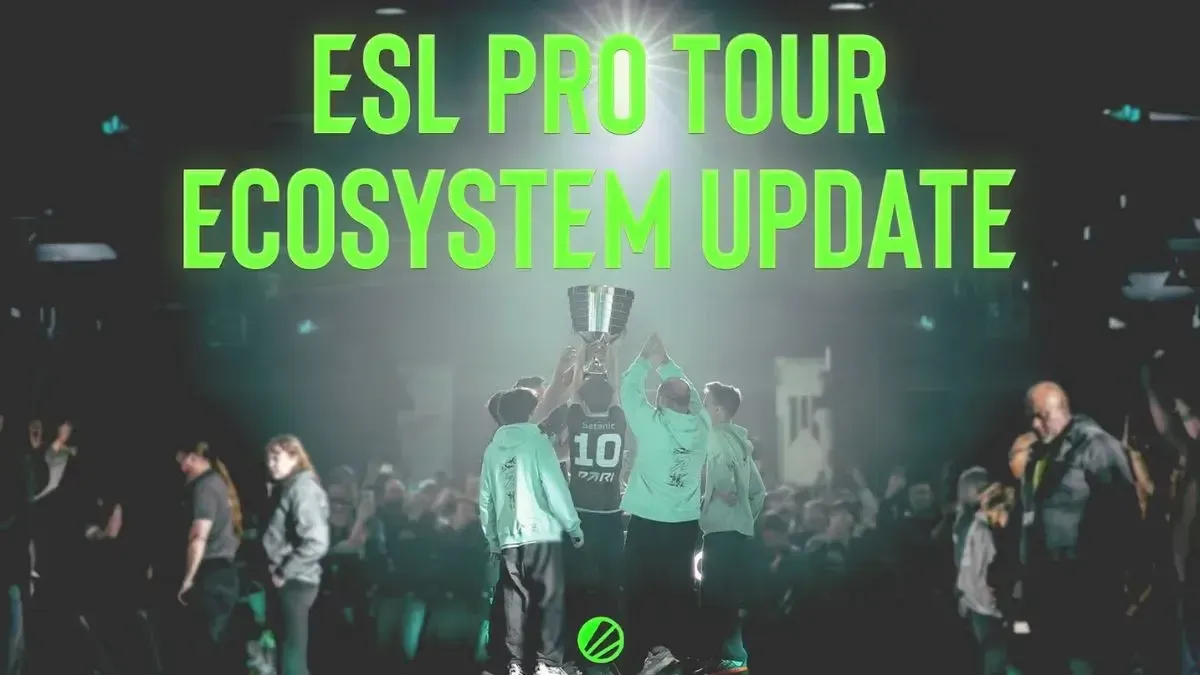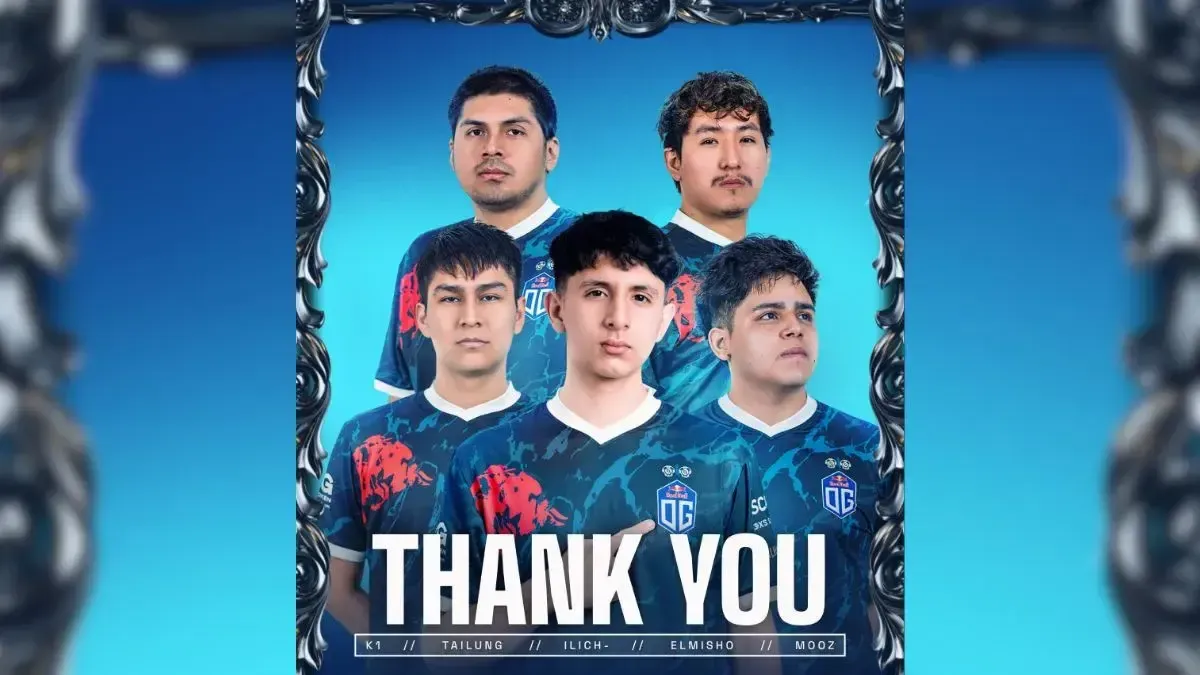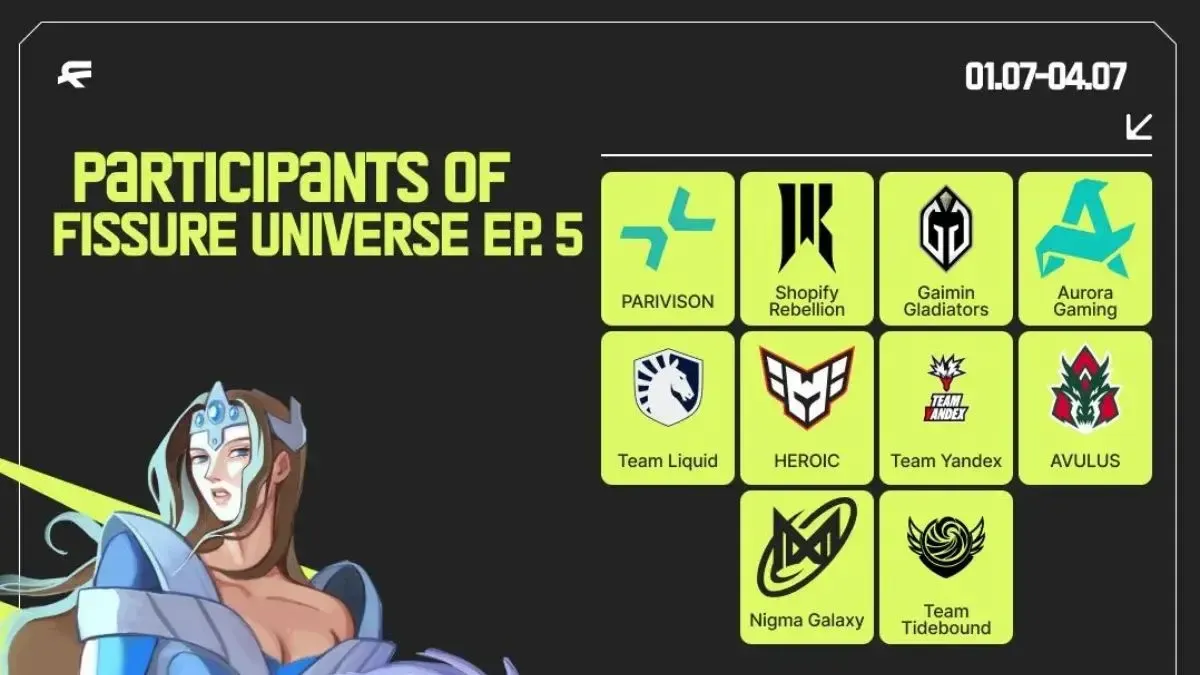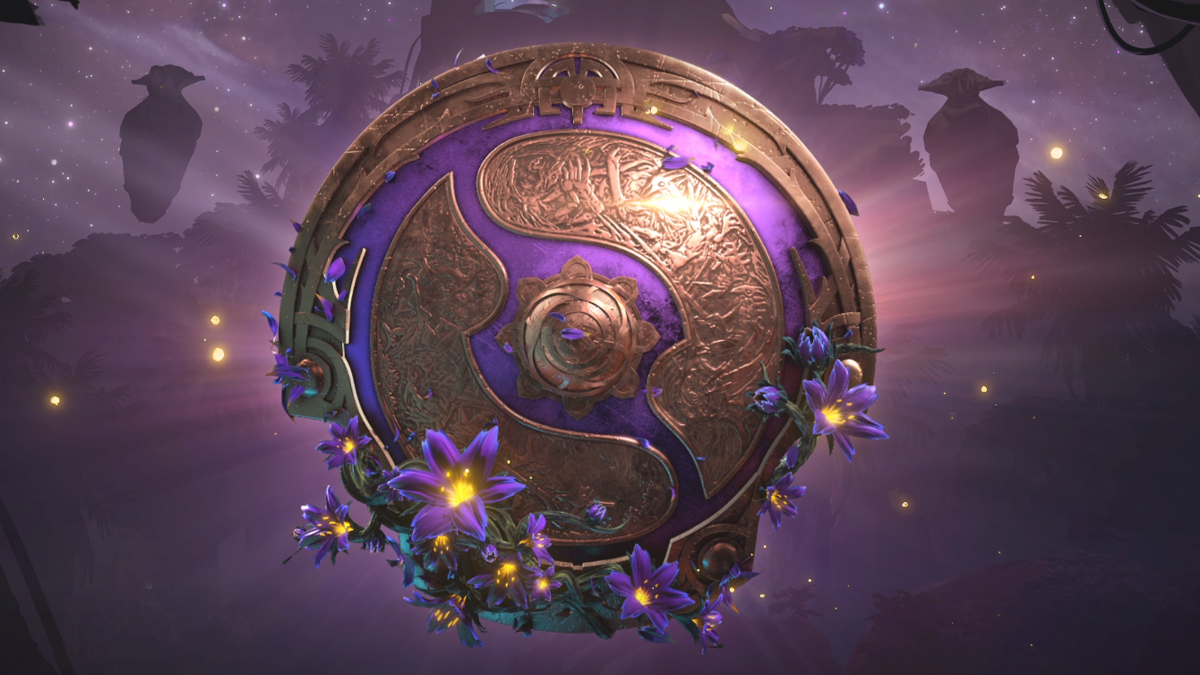For several years Valve had taken a very hands-off approach to all things Dota 2 related except The International until 2015.
Valve maintained a relatively hands-off approach to the competitive scene from the beta period of Dota 2 all the way until 2015, allowing for a free market to take root. It left the community to regulate and run its own events, often at detrimental and dangerous costs. The community outcry over the developing course included twitter rants, blogs, interviews, panel discussions, articles, and even a players meeting with Valve to discuss the implications and results of the offhand approach and the need for some degree of involvement.
When the dust had settled, Valve made it clear that there was a need for changes and improvements in their infrastructure and approach. The communication came during an unstable and volatile period in the Dota 2 scene with tournament saturation and inconsistencies, constant team reshuffles, and instability, and general chaos and controversy with teams scrambling to find the advantage and upper hand strategies to secure a place at The International. It was a clear indication that Valve was listening and aware of both the current status and the impact of these issues on the future state of the game.
2015-2017 Major system
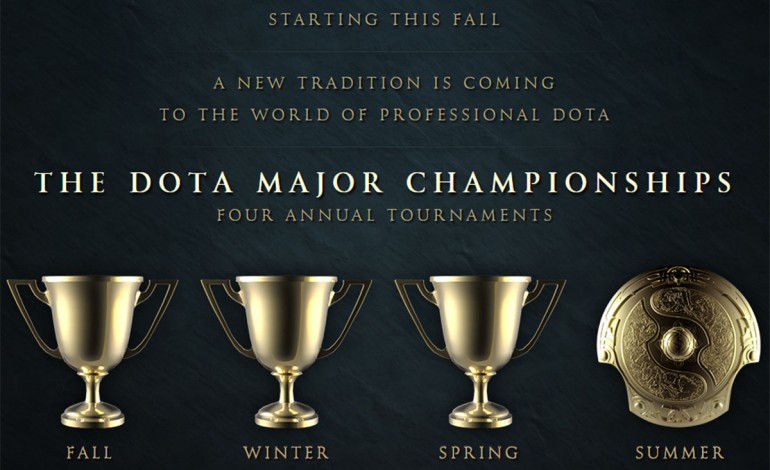
While the software developer had implemented a system of tournaments in CS:GO in 2013, they didn’t introduce any similar system until after The International 2015.
This was a big turning point for players and fans alike in the history of Dota 2. These marquee events provided $3 million prize pools with a whopping $1 million of that being awarded to the winners of each event. The system introduced roster locks as an attempt to prevent mid-season shakeups without any consequence.
In their announcement, Valve stated:
Today, however, we would like to talk about our plans for improving the competitive landscape as a whole. As fans of the game, we love watching teams compete in high stakes tournaments, but we also recognize that there is room for improvement on a more structural level. While the lack of roster stability and major focal points during the year had its advantages, it has eventually come at the cost of fan engagement and competitive stability for the players.
By introducing the Dota 2 Majors and implementing a clear infrastructure consisting of four events to serve as markers, Valve alleviated much of the uncertainty and apprehension regarding participation in The International for teams. The measure aimed to allow teams to make better and more informed decisions regarding their participation in events, by giving them points of reference in their performance and status.
It created an establishment and standardization across the major events in rules and expectations. The production value was improved and kept at a higher standard, as well as created a certain amount of accountability from the tournament organizers.
The new roster locks hoped to address the everchanging, neverending roster changes and shuffles that continued to promote instability, player poaching, lack of commitment by teams, players and organizations.
While this seemed to be a beacon of hope in the regulation of events and longevity and growth for the scene, it was not without controversies and issues.
- Third-party events
Under the new system, Valve was now running four events per year (changed to only three in the following year) that were all prioritized by players and teams and had set a very high standard for LAN events. There was now less time to not only host bigger LANS, but for top teams to participate in events outside the Major system. To make matters worse, Valve’s notorious lack of communication meant that a Major sometimes overlapped an already announced and planned event. Case in point was The Boston Major, with the dates announced just two months prior. This affected DreamLeague and The Summit. Although the Kiev Major dates were announced in advance at the Boston Major, Valve ended up changing those dates due to circumstances which then impacted teams and events as well.
- Gap between Tier 1 and the rest
It seemed to many that the Major system had promoted a larger gap between the top teams and the rest of the semi-professional teams. The top placing teams at Majors would then receive direct invites to other events, making up sometimes more than 50% of the participating team lineup. The rest of the lower ranked teams were then left scrambling for just a handful of qualifier spots, not always distributed equally between regions either. Or worse, left them with increasingly limited opportunities to compete in offline events.
The Dota Pro Circuit (DPC)
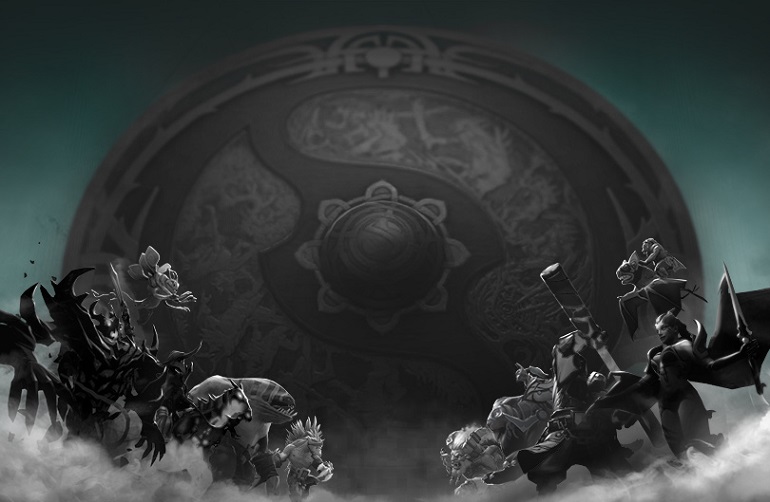
Then in the summer of 2017 things changed. With the International 7 just a few weeks away, Valve announced some changes for the competitive scene in the upcoming season.
In just six weeks, a new world champion will emerge from Seattle, and for the Aegis bearers and fallen challengers alike, resurgent dreams of success in the upcoming year will already begin to take hold. But the road to The International 2018 will chart a different course through the coming competitive season.
In the past year, we’ve had two Valve Majors shape the competitive landscape leading to The International. However, for the next year we will be taking a more organic approach to growing the competitive ecosystem, working more closely with third-party tournaments. Instead of the previous Major system, we will be selecting many third-party tournaments to directly sponsor. Additionally, players competing in these tournaments will earn Qualifying Points which will be the sole factor in determining invites to The International 2018.
The software developer had decided to do away with the Major system and replaced it with the Major/Minor system, which denoted the two types of tournaments. Instead of the previous Valve sponsored Major, Valve then would choose a number of third-party tournaments to sponsor, adding cash to the prize pools. Their rules and criteria seemed simple enough.
- Majors must have a minimum $500k prize pool, with an additional $500k provided by Valve.
- Minors must have a minimum $150k prize pool, with an additional $150k provided by Valve.
- Major and Minor tournaments must have qualifiers for each of the six primary regions, NA, SA, SEA, CN, EU, and CIS
- Each Major/ Minor tournament must have a LAN finals component.
In addition, Valve introduced a qualifying points system for individual players and teams to earn points toward qualifying for the International. Each Major/ Minor tournament would have points to award to the teams. Points were adjusted based on the tournament’s prize pool and tournament's proximity to the International with higher prize pools and events closer to TI having more points on the line.
In the new system, players individually earned qualifying points, with the top three point-earning players making up the teams total point score. The total point score was what would be used to determine the teams that were invited to following International. This, according to Valve, would allow the teams to make necessary roster changes as players will retain their qualifying points if switched during the approved period.
The DPC system was also believed to be designed to help the lower tier teams and less competitive regions grow and become more stable.
2017-2018 DPC Season
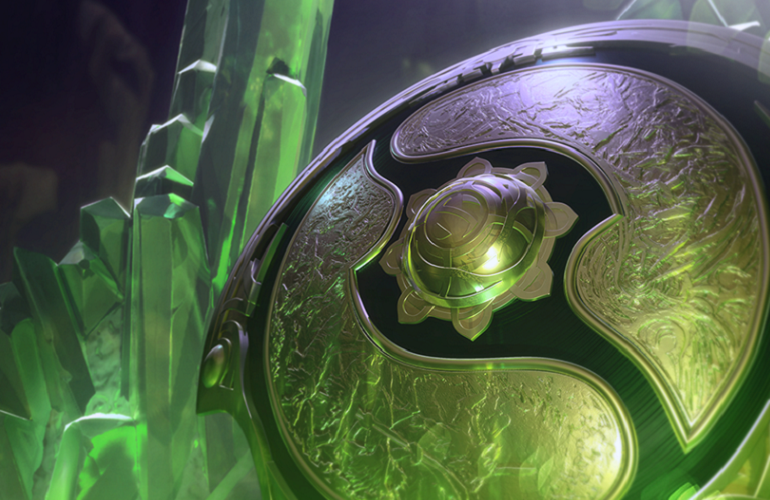
The first season was initially met with optimism and was considered a substantial step in the right direction from Valve. As the season progressed, criticism emerged.
- Imbalanced
The season was jam-packed with events and non-DPC events were getting the short end of the stick. With points to be earned at every event, some teams such as Evil Geniuses and Virtus.pro were competing in nearly every event to secure as many points as possible, thus limiting the number of lower end Tier 1 and Tier 2 teams being able to compete, especially as events were capping out at 8-10 participants total.
- Abuse of points
With the points earned staying with the players themselves, some teams were accused of buying their DPC points by taking on players that had already earned a high number such as when VP traded Ilya 'Lil' Ilyuk to Na'vi for Vladimir 'RodjER' Nikogosyan
- Minors not beneficial to all
In our wrap up of last season's Minors, GosuGamers determined that:
Collectively, the Minors contributed 4,000 points out of 18,250 across the entire DPC. Despite being 59% of the tournaments on the Circuit, the events were worth less than 22% of the total points. Setting aside the issue of roster changes, the DPC Minors impacted the top 8 in only one way—with all the Major results being the same and no points issued from Minors, Optic Gaming would have an invite and Newbee would not.
The Minors did contribute to a series of glutted qualifier periods. Teams not well-regarded enough to receive direct invitations played for days on end to try to earn their way to as many events as possible.
Whew! That is an interesting take and it seems that changes were indeed in order.
DPC 2018-2019 Season
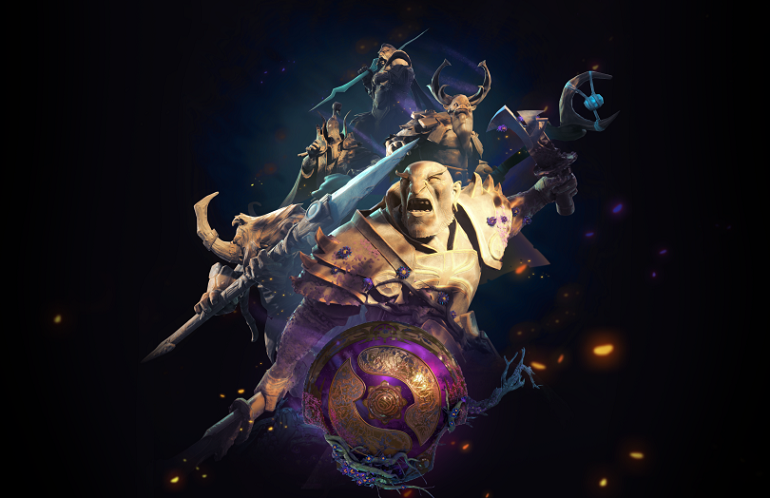
However, the season became chaotic and overly packed for teams —not to mention there were some of the exploitation of loopholes that led to questionable practices and effectiveness of point distribution and roster locks. Overall, it was a step in the right direction but many players and community members appealed to Valve throughout the season for more changes and improvements.
Before the season had yet been finished, Valve had already communicated intentions for next season in response to critics and feedback, making more changes after TI8.
- Number of Events
Among the biggest changes was decreasing the number of DPC events from a whopping 22 to only 10. Minor and Majors were then set in pairs and teams could only participate in one event per set. The only exception? The championship team of the Minor would earn a place in the Major.
In addition, no team could be invited to any event. Everyone, regardless of results or status, would have to earn their way into events through the qualifiers. In theory, this meant that many more teams would have a chance to compete and the burnout from overpacked schedules would not be an issue anymore. Unfortunately, it still seemed to do little to alleviate some of these problems. With teams having to compete in qualifiers for everything, schedules were just as full. In most regions, it also meant that the top teams were securing the places in the majors, nudging out the lower teams and in some cases even preventing them from getting places in the Minor such as Team Liquid initially seizing DreamLeague Minor and OG taking a spot at Bucharest Minor at the beginning of the season.
- Point Distribution
One of the biggest takeaways from the new system is the large discrepancy of points between Majors and Minors. This is due to the fact that Minors are not intended as a way for teams to gain DPC points, but rather serve as a stepping stone to get to the Major, give exposure and experience and allow for the growth and support to more teams than the top few.
Another change was that the organization would now retain their points earned. Points would no longer be connected to players. For any changes made, teams would lose 20% of the points earned until that point in time per player change. In addition, using a substitute would incur a penalty for that particular event. This was to prevent any point shopping, but with roster locks a thing of the past, there was a significant increase in the lineup shuffles this season. Last season there were a total of only 10 player changes. This season there were 52 changes to teams and rosters total. Let that sink in.
- Team/region allocations
DPC Minors were made into eight-team competitions and Majors became 16 team events, increasing the overall participation per tournament. Again, this was initially praised but as the time rolled on, questions and debate started to surface about the slot allocations which were determined by valve each event.
- Criticism
As expected, the new changes have been met with debate and criticism.
Peter 'PPD' Dager has been most vocal about this season's limitations and drawbacks, telling Maincast in a recent interview in Split, Croatia that he believed that slot distribution was not good for the most part since players 'hop skip and jump around the world' to play in a region. He felt that Minors have failed to do what their intentions were and have become a sort of a qualifier in itself for the Major and the prize distribution was not scaled correctly between the two events.
Scheduling and qualifiers are a big area that fans and players alike are hoping to see some other changes in.
As PPD had mentioned in his interview, much of their time had been spent qualifying for events and could have been summed up easier by officially using the minors as a qualifier for the Majors. A sentiment shared by others.
Jack "KBBQ" Chen, who has been vocal throughout the year about GSL system, addressed his criticism in a twitlonger following EPICENTER Major. He focused much of his attention on how "GSL with DPC-based seeding inherently favors the top teams in a rich-get-richer way". Essentially top teams end up playing less overall and having easy access to upper brackets in the playoffs. In addition, a secondary area of concern, which also relates to the first, is the point distribution being top heavy in the events.
There are many different ways to tweak and solve these issues, but at the very least I don't think many players or teams would disagree with wanting a better format than GSL to sort teams out at majors. I am hopeful that the circuit will have better formats next year.
Known Polish player and captain Rafał "eL lisasH" Wójcik opened up in a very candid post about the realities that were created for semi-professionals aspiring to become professionals this year:
My point is there were places to build solid team and fundaments, you wanted to stay together because u had your org that paid you 500 euros and you had your tournaments where you could win 2500 euro for first place so you wanted to play it along with playing rankeds, and then if you are good and played with each other long enough you could make a good team and compete with better teams and this happened to us. (...)Situation now is miserable, people dont really want to invest time into playing in teams because they know that there are low chances of qualifaing to anything with new formed stack and they rather play matchmaking and get high rank. If people accept to play in a team, they play open qualifer together, they win - okey they play closeds - they lose - they disband immediately. When a team play closeds team most likely wont qualify to anything and later on they will disband becasue playing ONLY scrims together for 1,5 month is really bullshit concept.
DPC 2019-2020 season
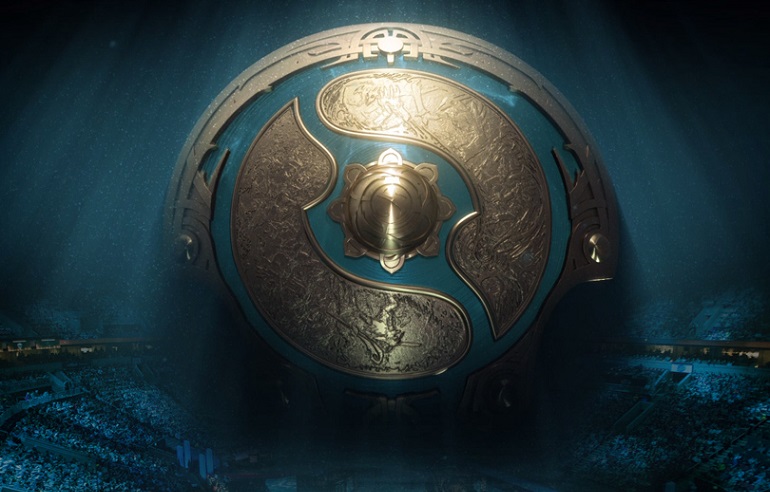
Typically Valve has announced changes to the circuit during the few weeks surrounding The International - either before or after the big event. Two months ago though, Valve already announced some of the changes that players and fans can expect.
Starting after The International 2019, Valve will be in charge of determining the formats for both Minors and Majors in the upcoming DPC 2019-2020 season.
This comes right on the heels of much criticism of the Dota Pit Minor format where the group stage spanned over the course of three days and had relatively no impact on seeding and then hit hard with three lower bracket rounds of best-of-one eliminations over the course of just one day.
It wasn't just OGA Dota PIT Minor. There has been a public outcry on even the qualifiers, with tournament organizations inviting different numbers of teams, varying between regions and implementing alternate formats for the same event.
Valve's recent announcement did indicate there would still be five Minors and five Majors, but no further information was provided as to if there might be some adjustment to the system based on the feedback.
Fans and players alike are eagerly awaiting to see what changes will be in store for the upcoming season, and although the focus is on TI9 at the moment, many are already looking ahead for the next season.
Since 2015 Valve has proven that they are interested and vested in making a healthy and sustainable scene, unfortunately, it is said that the 'road to hell is paved with good intentions'. For now, the road has been riddled with bumps and pitfalls, but it does at least still move forward and is constantly changing. After all these years, Dota 2 is still a work in progress.

